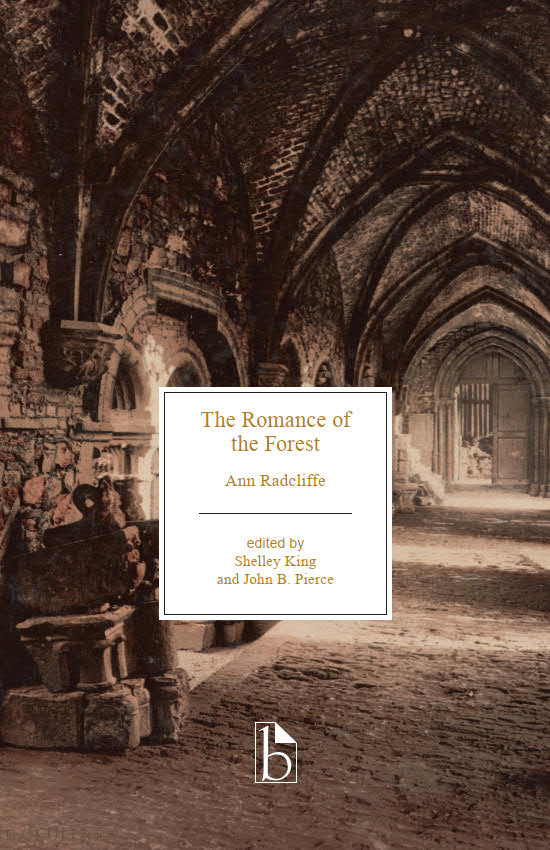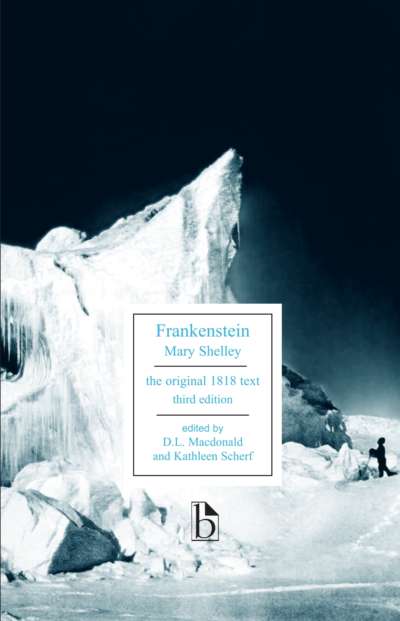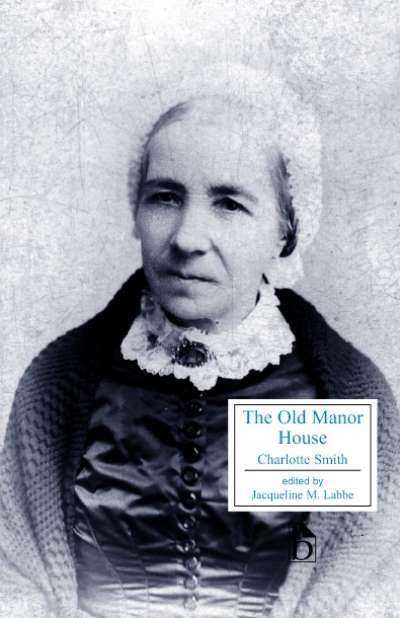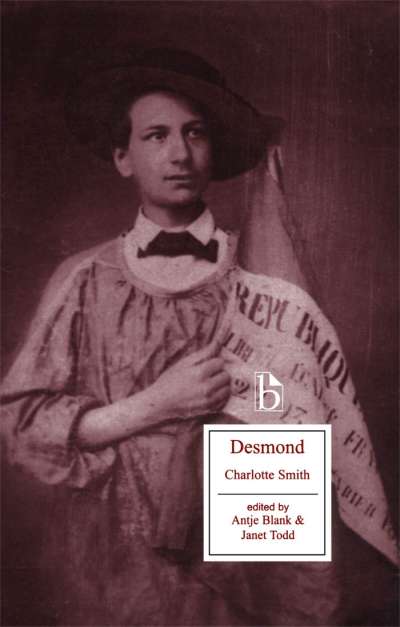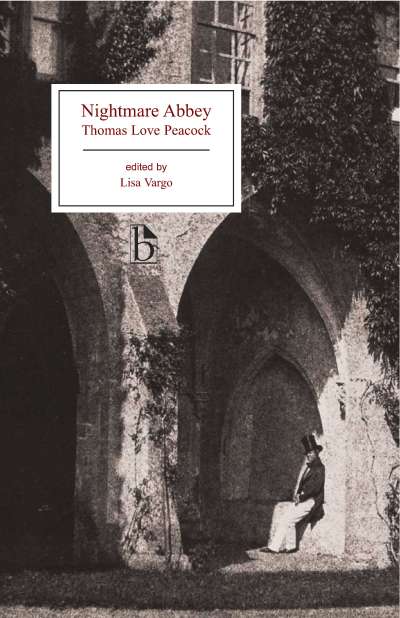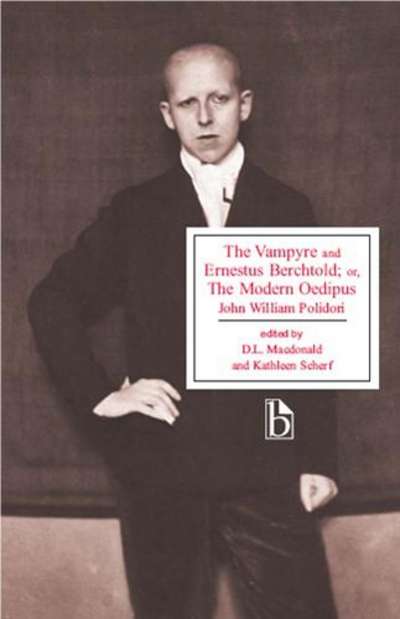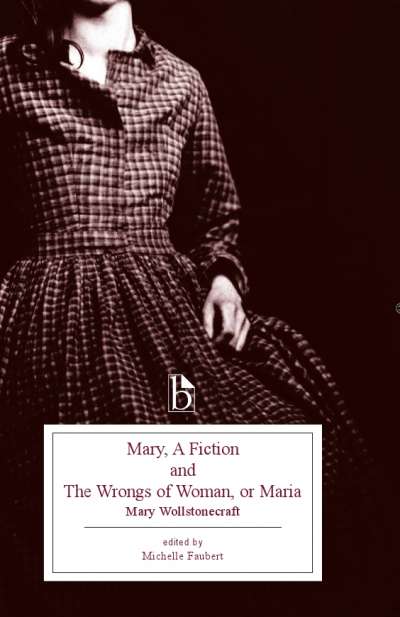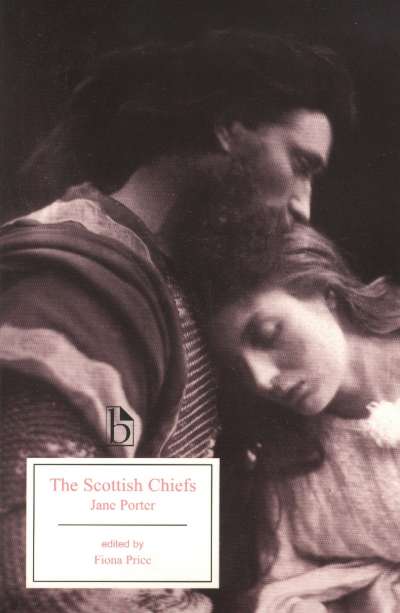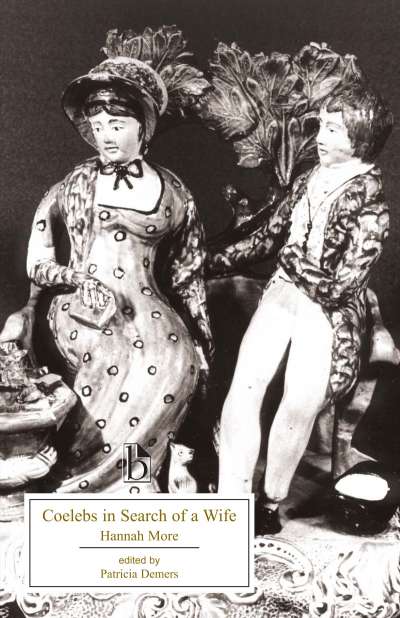Adeline, the protagonist of Ann Radcliffe’s The Romance of the Forest, became a model for later Gothic heroines. Passionate, imaginative, and sensitive, in the course of the novel she travels rapidly through the forests and Gothic ruins of France, pursued by the villain de Montfort and perpetually threatened by what appear to be supernatural events. The publication of The Romance of the Forest in 1791 had a significant impact on Radcliffe’s career and on the rise of what would be known as the Gothic novel. The novel was widely praised upon publication and became a measure of quality against which all her future novels were gauged. Along with critical praise, The Romance of the Forest found an enthusiastic general audience and opened the new genre of Gothic Romance to a wider range of readers.
The extensive historical appendices provide material on the novel’s contemporary reception, the Gothic novel, sensibility and sentiment, and the aesthetics of the sublime and picturesque.
Comments
“One of the masterpieces of Gothic fiction, The Romance of the Forest is superbly presented here. Shelley King and John Pierce introduce and annotate Radcliffe’s enthralling narrative in a meticulous yet also reader-friendly style, and their judicious selection of contextual material highlights the stakes of the work with admirable clarity.” — Thomas Keymer, Chancellor Henry N.R. Jackman University Professor of English, University of Toronto
“The Romance of the Forest is my favorite Radcliffe novel to teach. I so wish I’d had this Broadview edition in hand the last time I taught it. The introduction is accessible yet challenging to undergraduates; it raises key questions about genre, the relation of sensibility to period theories of nerves and imagination, and Radcliffe’s engagement with landscape and the visual arts. These same topics link through to the supplemental backmatter. When the acknowledgements reference the editors’ students, I know I’m in good hands!” — Miriam L. Wallace, University of Illinois-Springfield
“King and Pierce have made The Romance of the Forest available in a splendid new edition. Their comprehensive and incisive introduction and ample explanatory notes illuminate Radcliffe’s aesthetic concerns and subtle literary techniques, while carefully chosen appendices help us to understand how Gothic fiction in general and Radcliffe’s novels in particular were read by her contemporaries. Somewhat overshadowed by its spectacular successor, The Mysteries of Udolpho, The Romance of the Forest here takes centre stage.” — Peter Sabor, McGill University

